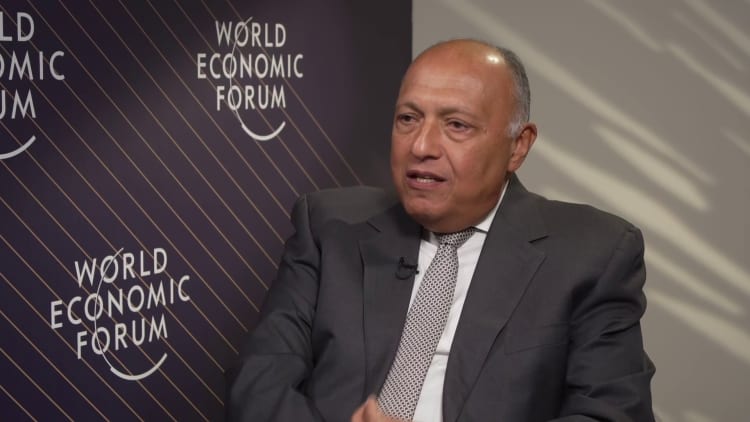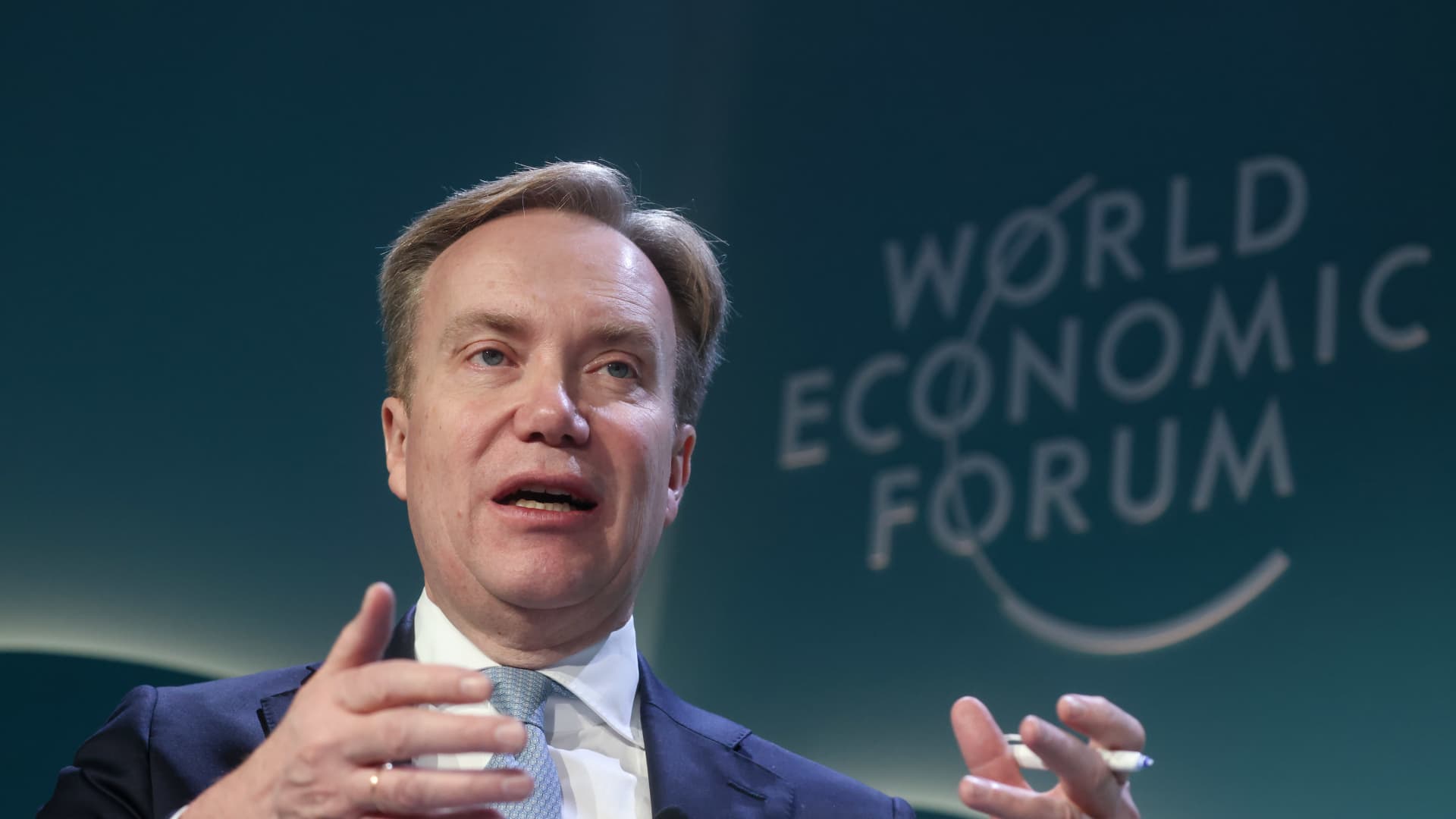Traders work on the floor of the New York Stock Exchange during afternoon trading on April 9, 2024 in New York City.
Michael M. Santiago | Getty Images
As recently as January, investors had high hopes that the Federal Reserve was about to launch a rate-cutting campaign that would reverse some of the most aggressive monetary tightening in decades.
Three months of inflation data have brought these expectations back down to earth.
Wednesday’s March consumer price index report helped confirm fears that inflation is proving more stubborn than expected. It confirmed the caution of Fed policymakers and ultimately dashed market hopes that the central bank would approve up to seven interest rate cuts this year.
“The math suggests that it will be difficult to bring inflation down to the Fed’s target in the near term,” said Liz Ann Sonders, chief investment strategist at Charles Schwab. “It’s not like inflation will reach the Fed’s target, but that’s not happening immediately.”
The Labor Department’s CPI report offered little good news.
On both a monthly and annual basis, both totals and excluding food and energy were above market consensus, putting the inflation rate well above the Fed’s target. Headline CPI rose 0.4% month-on-month and 3.5% year-on-year, above the central bank’s 2% target.
Danger beneath the surface
But other danger signs emerged that went beyond the headlines.
Prices for services (excluding energy) rose by 0.5%, 5.4% higher than a year ago. A relatively new calculation that markets follow that takes into account core services and subtracts housing — now known as “supercore” and closely watched by the Fed — rose at a 7.2% annual pace, up three years ago by 8.2% on a monthly annualized basis.
Another risk is that “base effects,” or comparisons to previous periods, make inflation seem even worse, as energy prices in particular are rising after falling around the same time last year.
All of this has the Fed holding back its position and markets fearing there may not be any rate cuts this year.
CME Group’s FedWatch tool, which calculates rate cut probabilities based on futures market prices, changed dramatically after the CPI release. Traders now see little chance of a cut at the June meeting, which had previously been favored. They also postponed the first cut until September and now only expect two cuts by the end of the year. Traders have even priced in a 2% chance that there will be no cuts in 2024.
“Today’s disappointing CPI report makes the Fed’s job more difficult,” said Phillip Neuhart, director of market and economic research at First Citizens Bank Wealth. “The data doesn’t completely rule out the possibility of Fed action this year, but it certainly reduces the chances that the Fed will cut the federal funds rate in the next few months.”
Market reaction
Markets, of course, didn’t like the CPI news and saw an aggressive sell-off on Wednesday morning. The Dow Jones Industrial Average fell more than 1% and Treasury yields jumped. The 2-year Treasury notewhich is particularly sensitive to Fed interest rate movements, jumped to 4.93%, an increase of nearly 0.2 percentage points.
There could still be good news for inflation. Joseph LaVorgna, chief economist at SMBC Nikko Securities, said factors such as rising productivity and industrial capacity, as well as slower money creation and falling wages, could ease some of the pressure.
However, “inflation will remain higher than necessary to justify Fed easing,” he added. “In this regard, the Fed’s rate cuts will be delayed until the second half of the year and are expected to fall by only 50 basis points.” [0.5 percentage point] with risks trending towards even less easing.”
In some ways, the market has itself to blame.
The pricing of seven interest rate cuts earlier this year was completely at odds with what Fed officials said. But when policymakers in December raised their “dot plot” indicator to three rate cuts forecast in September, it sparked an uproar on Wall Street.
“The market was simply overwhelmed by this assumption. That didn’t make sense based on the data,” Schwab’s Sonders said.
Still, she thinks the knee-jerk reaction to Wednesday’s data could pass if the economy remains strong – GDP is expected to grow 2.5% in the first quarter, according to the Atlanta Fed.
“If the economy stays like this, I think the market is mostly OK,” Sonders said.
Correction: Markets fear there may be no cuts this year. An earlier version misrepresented the concerns.
Don’t miss these stories from CNBC PRO:
Source link
2024-04-10 19:11:53
www.cnbc.com











